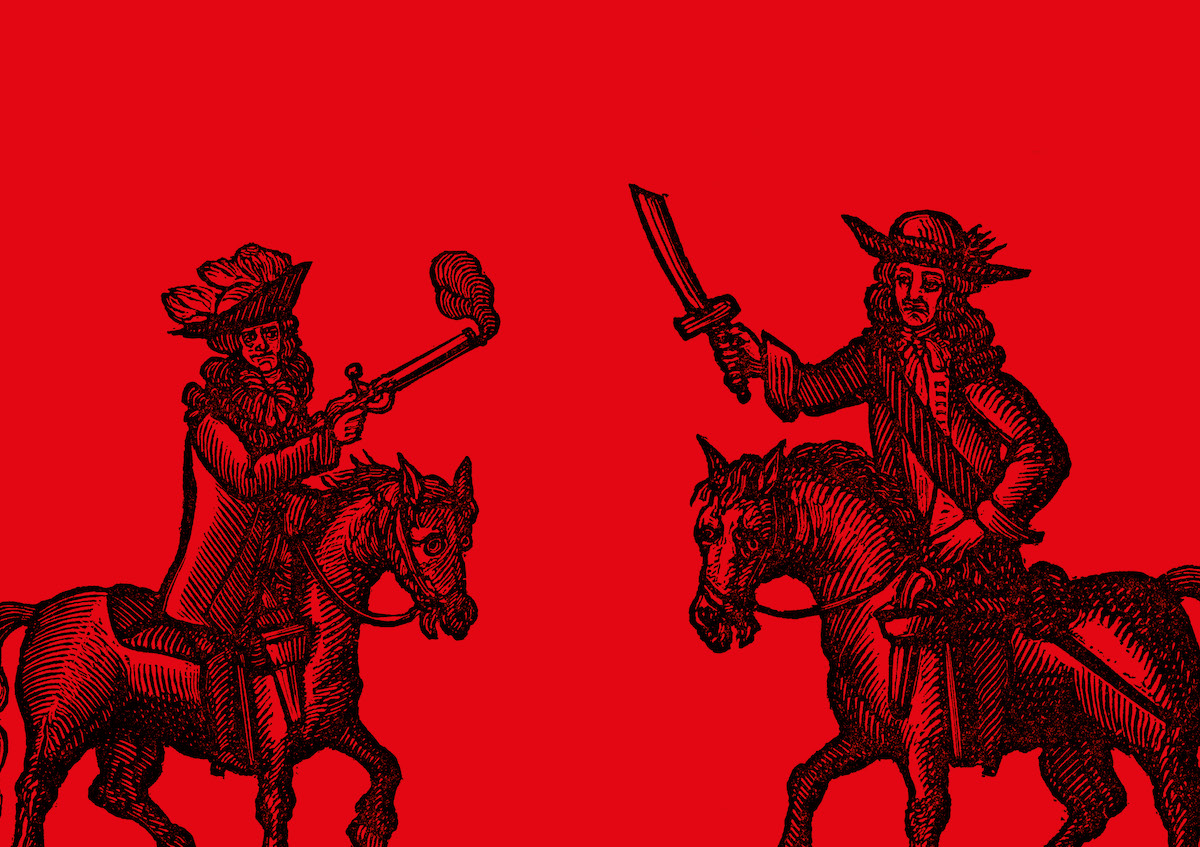Highwaymen: The Road to Infamy
Highwaymen’s reputations plummeted in the 17th century. Once praised as heroes in the manner of Robin Hood, the media now lauded the brave bystanders who resisted them.

To use the highway in 17th-century England was to risk armed robbery: highwaymen were endemic. As the century wore on, the public grew particularly concerned with the alarming number of dastardly robbers who would stop travellers on England’s roads and demand that they ‘stand and deliver’ – the phrase was indeed the standard form of request – their goods. Such incidents were well documented – and sensationalised – by the media. The 18th-century exploits of Jack Sheppard and Dick Turpin have gained lasting notoriety, but the lives and deaths of highwaymen were a publishing staple from the beginning of the 17th century. In such stories, highwaymen were often presented as semi-heroic: gallant men who abhorred violence and stole from the rich to give to the poor. Highwaymen such as James Hind (who may, or may not, have helped Charles II escape capture by the Roundheads following the Battle of Worcester in 1651) repeatedly insisted that they disapproved of the ‘shedding of bloud unjustly’ and that they never did ‘wrong any poorman of the worth of a penny’ (as told in True and Perfect Relation of the Taking of Captain James Hind, 1651).







